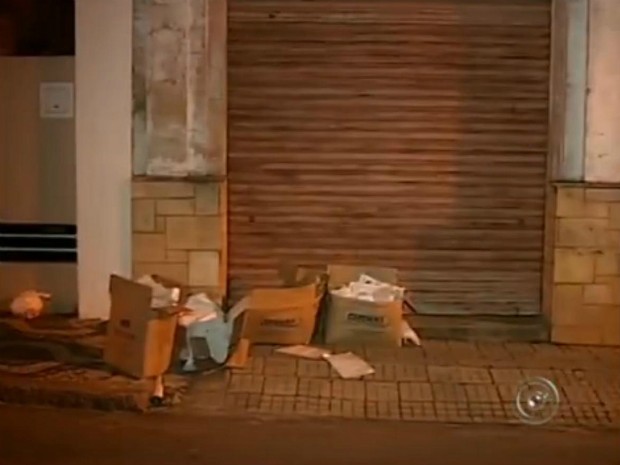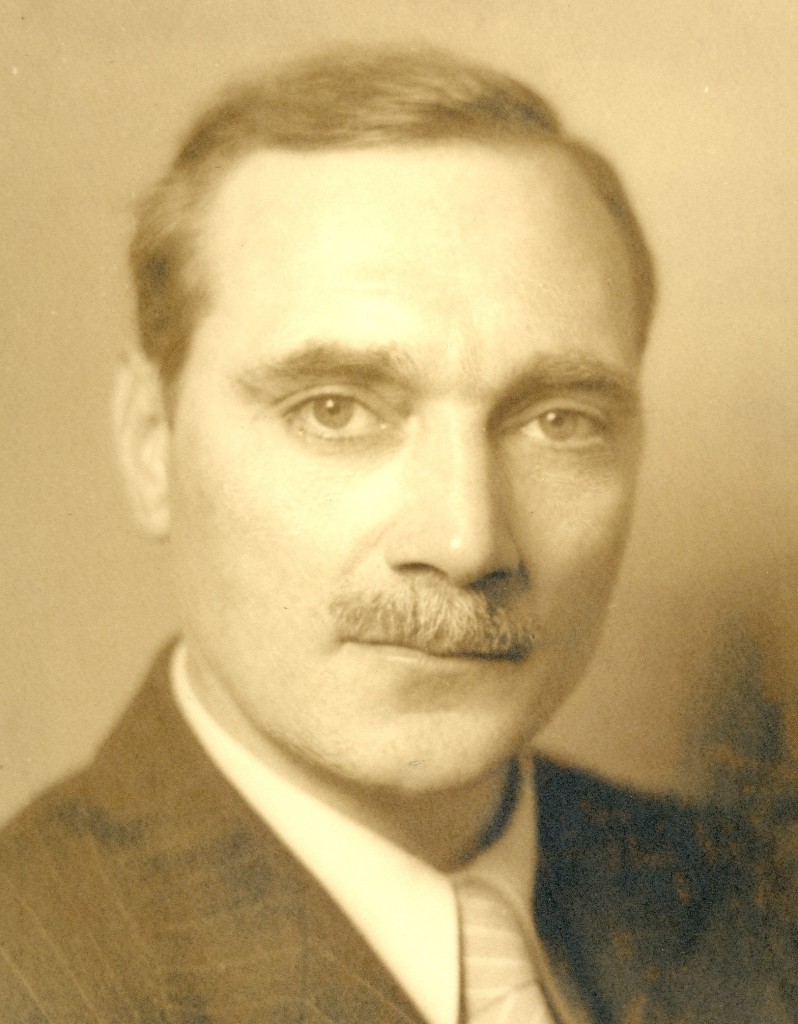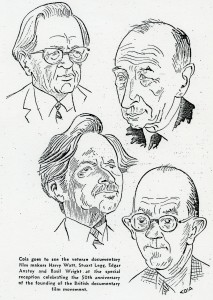The success of Jen Bervin and Marta Werner’s recently published The Gorgeous Nothings suggests that this might be a good opportunity to say something about another modest yet gorgeous nothing from our collection.
While researching a minor detail of Emily Dickinson’s biography during the summer of 2012, I came across a folder that caught my eye.

When I looked at the contents, I thought, well of course that’s Dickinson’s handwriting. Why doesn’t the folder say so?


As is often the case with Dickinson-related topics, that question led me happily down rabbit holes galore. At this point, a reader might reasonably wonder whether there is any research value to a list of names. I would submit — and hope to show — that there is.
The only published mention of this list that I’m aware of is in Mabel Loomis Todd’s 1931 edition of The Letters of Emily Dickinson. In a footnote on page 23 relating to a letter from Dickinson to her friend Abiah Root(¹), Todd mentions an Amherst Academy list “in writing of this same period” (spring, 1847). Since we have the printer’s copy for Todd’s 1931 edition, I checked it and found this page (²).

Todd seems to have regarded the list as being in Dickinson’s hand, but for some reason, and despite the fact that anything in Dickinson’s hand is of interest, no one picked up on it later and archived the list with Dickinson’s other manuscripts. Instead, it ended up with some secondary documentation, as indicated by the folder title above. Perhaps Todd herself had treated it as a tool for working with Dickinson’s letters rather than as a manuscript, and thus it remained separate from the rest of Dickinson’s writings.

Amherst Academy
As it happened, Dickinson scholar Polly Longsworth visited the Archives shortly after I first looked at the list, and I managed to lure her down the rabbit holes as well. In particular, we asked ourselves, is it in fact Dickinson’s handwriting; what’s the date of the list; what was the purpose of the list; and if it’s an Amherst Academy list, why doesn’t it include the names of certain people who were also students at the school (or were believed to be), such as Dickinson’s friends Abiah Root and Harriet Merrill?
When we had exhausted all the trails we could follow and had several folders of documentation, we were still sort of in the dark (very typical results for Dickinson-related questions, I find), but we’d had a lot of fun investigating the topic. The upshot? We do think it’s Dickinson’s handwriting (a list composed for her own purposes, perhaps carried around and added to over a short time); we do think it’s a list of Amherst Academy students and teachers (we checked their names in the extant catalogues), but beyond saying “late 1840s” we don’t know for certain exactly when she wrote it. But what did we learn about the names on — and not on — the list?
I won’t (I promise) go into all the details here, but in brief (my “brief,” not necessarily yours), this modest little manuscript led to a few new points about people in Dickinson’s world. We now know, for example, that the reason Dickinson’s girlhood friend Harriet Merrill eventually ceased to write entirely was that she was dead. Clearly not a regular letter writer anyway (ED complained about her silence several times), Harriet Merrill left Amherst for Hartford in 1845 to live with relatives (her mother, Cordelia Leonard Merrill, had died in 1836)³ and probably to attend school (perhaps the Hartford Female Seminary). From Hartford, she went to Grand Rapids, Michigan, with her married sister Caroline Granger in or by 1850 (she appears on the 1850 census with her sister’s family). In 1851 Harriet married a dentist named Samuel B. Noble (an event Dickinson would’ve noted in the Hampshire-Franklin Express of May 22), and on September 9, 1853, she died (in childbirth or from consumption, if one had to guess — I’ve not yet found an obituary). Her widower then married her slightly younger sister Frances (why – was there a child?), who also died hardly a year after Harriet.(4) There is no surviving evidence to show that Dickinson knew of Harriet’s death, but it seems very likely that she heard about it through the grapevine, especially since Harriet still had family members in town. This death would have been another on her long and ever-growing list of friends and acquaintances whose deaths hit the poet hard and deepened her interest in “the flood subject.” (5)
Polly Longsworth and I understood too that in his Years and Hours of Emily Dickinson, the usually spot-on Super Detective Jay Leyda conflates two Harriet Merrills, blending information about Dickinson’s friend with information about an unmarried aunt of the same name (rumored to have been murdered by a “strolling Juggler” according to Dickinson – one wonders if she misheard or played on “gigolo,” which is what he sounds like in newspaper accounts of the trial). Thus, in Leyda’s quote from an entry in George Shepard’s diary dated September 7, 1857, in which Shepard refers to “Miss Harriet Merrill” as “pale & thin but pleasant,” Shepard actually means her aunt, although no doubt Dickinson’s friend Harriet, being quite dead, was also pale & thin but probably no longer pleasant. Likewise, the 11-year old Harriet Merrill was probably not the local fair’s “chief cook & bottle washer” (“Miss Merrill”) mentioned in 1841 by Samuel Mack. Looking at the list, then, led to a few clarifications in the records.

“Note to self,” or, “The Rare Pleasure of Finding Jay Leyda in Error” (Photocopy of “Years and Hours,” volume 1, page lxii)
Depending on one’s interests (or obsessions), much more work could be done using this list, such as tracking down biographical details about the people mentioned on it and even, perhaps, investigating whether there is undiscovered correspondence to or from any of them.
For me, this list illustrates how Emily Dickinson works: she provides context for another time and place. Instead of focusing in toward Dickinson, I like to look out from Dickinson. In other words, I use knowledge of Dickinson as a way to widen my sense of her world – her family, her friends, her neighborhood, her town, her state, her New England. She’s an industrious spider at the center of my web, spinning out her context wider and wider. The more I learn, the better I get at the game of Six Degrees of Emily Dickinson. It’s my preferred mode of time travel.
*****************************************************************
All this and footnotes too:
(1) Todd refers to a letter from Dickinson to Abiah Root dated “Sabbath Eve, 1847,” Johnson’s letter #15. Johnson notes that the original manuscript is missing — the text derives from a photostat in Mabel Loomis Todd’s possession. Todd had the original letter and returned it to Abiah Root Strong — or meant to. It may have been lost in the mail, or later separated from the group of letters given by her niece Claribel Smith to Harvard after Abiah’s death (we already know that Claribel gave away at least one piece of Abiah’s correspondence, a letter from Abby Wood to Abiah). In any case, Amherst still possesses the photostat (ED Photostats Box 2, Folder 19). Here are the images from the photostat, scanned and inverted. The hand here is a finished product, as opposed to the more jotted-looking list above.



(2) Todd has at least two errors here, namely Paulina Best — it should be Bent — and Harriet Merrill — it should be Merrick, for Harriet Hodge Merrick (ED misspells Merrick, as well as a few other names). Harriet Merrill’s name doesn’t appear in any Amherst Academy catalogues, although it’s still possible that she was in school during some of the terms for which there were no catalogues. Harriet Merrick is in several catalogues. While I can see how it could be read as Merrill, an enlarged version of the list suggests that the name is Merrick: compare the “ck” in “Merrick” with that in “Hitchcock” below it.

(3) Dickinson wrote a deliciously snarky letter to brother Austin about Harriet’s father Calvin Merrill’s remarriage in 1851 to Fanny Dickinson-Thompson-Benjamin, saying “Mr. Merrill resides with the recent Mrs Merrill, alias Mrs. Benjamin, more alias, Mrs. Thompson — for the sake of the widowed lady for the third time a bride, I hope her buried Lords are buried very low, for if on some fine evening they should fancy to rise I fear their couple of angers might accompany them, and exercise themselves on grooms who erst were widowers, and widows who are brides.” (AC ED 568, this transcription from Johnson’s letter 52)
(4) In his Letters of Emily Dickinson, Thomas Johnson says that Harriet Merrill (the younger) “taught school first at Amherst Academy and later at Pittsfield.” (Appendix 1, page 950). Except for a reference to Harriet as a “School Marm” in Dickinson’s August 1845 letter to Abiah Root (when Harriet would be 16), I haven’t discovered where he got that information. As mentioned in the text above, it’s possible that she was briefly a student at Amherst Academy (there is circumstantial evidence for the idea), but she seems too young to be a teacher there. I’ve found no evidence yet for a stay in Pittsfield, but the years between 1845 and 1850 are not documented well enough to be sure about her doings. She could also have gone quite early from Hartford to Grand Rapids to help her sister Caroline, who married Julius Granger in 1843 or 1844 and had her first child in 1844 or 1845. Harriet’s 1851 marriage announcement in the Hampshire-Franklin Express refers to her, then living in Grand Rapids, as “formerly of Hartford, Ct.” Harriet Noble is buried in the Fulton Street Cemetery in Grand Rapids, Michigan.
(5) For a sobering sense of how many people Dickinson knew who died of consumption alone (never mind other causes), see Al Habegger’s “Appendix 3″ in his My Wars Are Laid Away in Books.




 keeping notebooks dealing with the compositions performed, etc. This actual participation in the concerts gives them far greater value than if the children were merely to come and listen to the music. Moreover such concerts are a factor greatly to be reckoned with in adult education. Many parents who thought themselves non-musical have become musical enthusiasts merely by accompanying the young people of their family.
keeping notebooks dealing with the compositions performed, etc. This actual participation in the concerts gives them far greater value than if the children were merely to come and listen to the music. Moreover such concerts are a factor greatly to be reckoned with in adult education. Many parents who thought themselves non-musical have become musical enthusiasts merely by accompanying the young people of their family.


















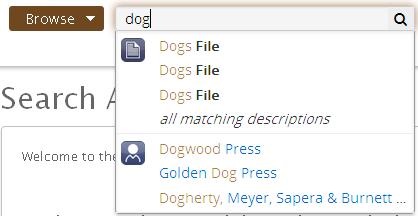
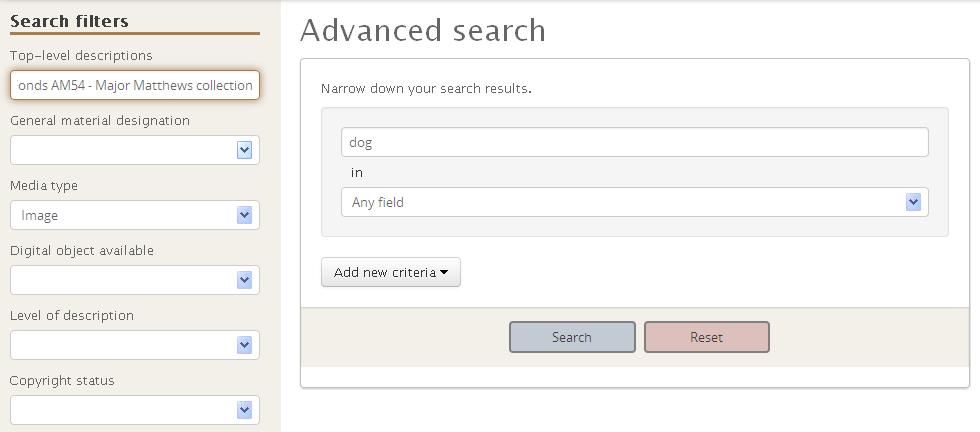





















 recordings of great symphonies, concertos, etc., played by leading orchestras and artists. Music students are seldom rich, and few can afford to own a library of records. A student who has been assigned a concerto for study often has an ardent desire to hear a performance of it from an authoritative artist. He may have to wait years for such a chance, especially if he does not live in a great music center. And even if he lives in New York City, the price of a ticket may provide a difficult problem. In such broadcasts as these, Station WQXR has been a leader of insight and courage, and fully deserves the praise which is accorded to it daily by musicians of all types.
recordings of great symphonies, concertos, etc., played by leading orchestras and artists. Music students are seldom rich, and few can afford to own a library of records. A student who has been assigned a concerto for study often has an ardent desire to hear a performance of it from an authoritative artist. He may have to wait years for such a chance, especially if he does not live in a great music center. And even if he lives in New York City, the price of a ticket may provide a difficult problem. In such broadcasts as these, Station WQXR has been a leader of insight and courage, and fully deserves the praise which is accorded to it daily by musicians of all types.











































































































